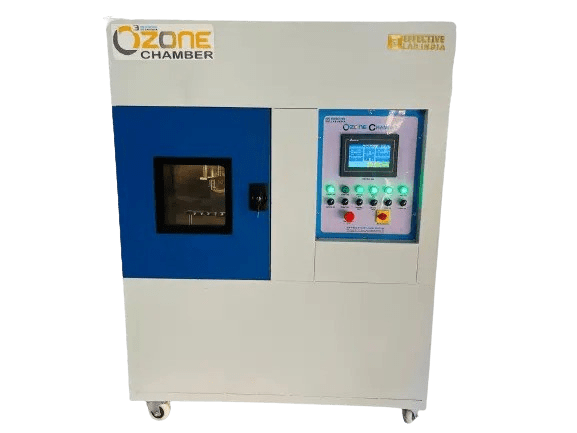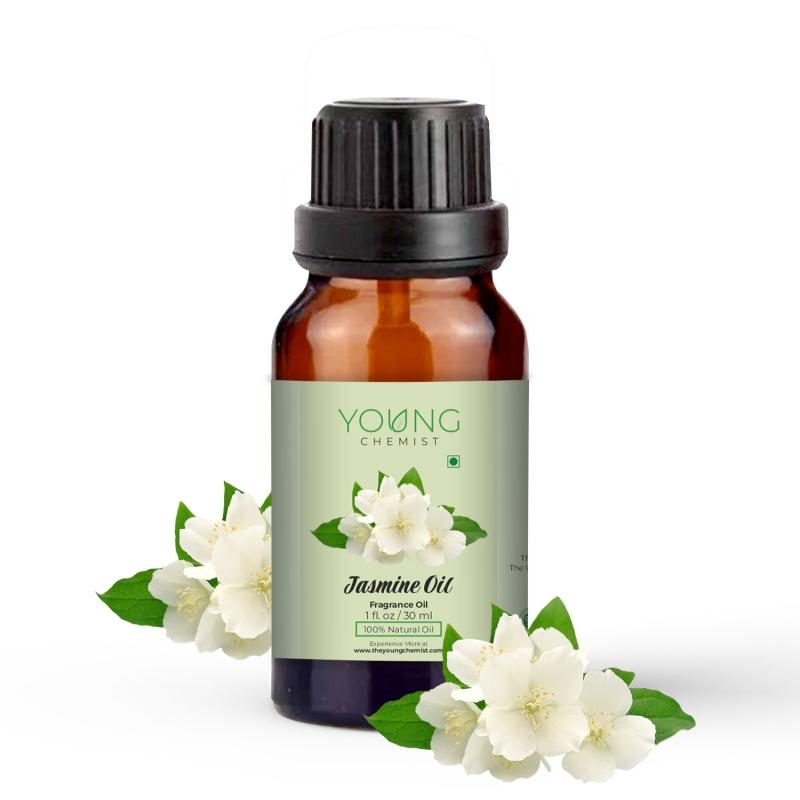The global traffic road marking coatings market size is projected to reach USD 8.34 billion by 2028, exhibiting a CAGR of 4.1% during the forecast period. The market size stood at USD 6.04 billion in 2020 and is estimated to touch USD 6.31 billion in 2021, according to a report by Fortune Business Insights™, titled “Traffic Road Marking Coatings Market, 2021-2028”.
Information Source -
https://www.fortunebusinessinsights.com/traffic-road-marking-coatings-market-103056
Startling Rise in Road Fatalities Worldwide to Fuel Market Growth
Accidents and deaths caused by road crashes have been steadily rising around the globe over the past few years. Recent data released by the World Health Organization (WHO) reveal that road traffic accidents kill roughly 1.35 million people globally every year, with more than 50% of these mishaps occurring among the most road users – pedestrians, cyclists, and motorists. Furthermore, the WHO data also show that road accidents also cause non-fatal injuries to many millions around the world annually. Traffic road marking coatings are essential in ensuring that drivers are aware of the road conditions, especially during the night and on unknown terrains. These coatings can efficiently prevent the crashing of vehicles with each other as well as reduce the risk for other road users.
Segmentation
Based on product, the market has been divided into water-based coatings, solvent-based coatings, and thermoplastic coatings. Among these, the water-based coatings segment held a leading share of 39.1% in the global market in 2020.
On the basis of application, the market is segmented into roads & highways, airports, parking lots, and others. Geographically, the market has been clubbed into North America, Europe, Asia Pacific, Latin America, and the Middle East & Africa.
Report Highlights
The report contains unparalleled insights into market drivers, trends, and restraints, along with an industry-leading analysis of all possible market segments. Further, the report offers a granular study of the regional developments and prospects of the market, as well as actionable research into the competitive dynamics of the market.
Driving Factor
Development of Eco-friendly Road Marking Solutions to Invigorate the Market
Traditional paints and coatings are known for their high content of volatile organic compounds (VOCs), which are known to intensify global warming and damage the Ozone Layer. With the movement towards sustainability gaining momentum worldwide, traffic road marking coating producers and researchers are singularly focusing on engineering road markings made from environmentally friendly materials. For example, SWARCO Road Marking Systems teamed up with students to investigate the viability of using biopolymers in thermoplastic road markings and their efforts won them the Borealis Student Innovation Award in December 2020. Similarly, US-based Aexcel Corporation has developed the ToughLine suite of traffic paints that offer high performance, contain low VOC, and are solvent-based. Thus, the introduction of sustainable traffic markings is rapidly elevating the potential of this market.
Regional Insights
Robust Demand for Construction Activities to Propel the Market in Asia Pacific
Asia Pacific is expected to dominate the traffic road marking coatings market share over the forecast period on account of the escalating demand for constructions in the region. This exponential growth is underpinned by the rapid expansion of urban areas in the region, especially in China and India. Driven by these factors, Asia Pacific boasted a thumping market size of USD 2.37 billion in 2020.
In North America, the growing preference for water-based traffic road marking coatings will be the principal contributing factor for the regional market. In the US market, the water-based coatings segment held a share of 37.3% in 2020. On the other hand, the market in Europe is set to make considerable gains due to increasing investments in upgrading public transport networks by EU members.
Competitive Landscape
Key Players to Strategically Deepen Business Ties across Geographies
Geographic expansion is a key priority area for leading companies specializing in traffic road marking coating solutions. These players are entering into strategic partnerships with different companies worldwide to deepen their presence in lucrative markets. In addition, some market participants are also devising products to enhance driver safety, which in turn will help in reducing road accidents.
The global traffic road marking coatings market size is projected to reach USD 8.34 billion by 2028, exhibiting a CAGR of 4.1% during the forecast period. The market size stood at USD 6.04 billion in 2020 and is estimated to touch USD 6.31 billion in 2021, according to a report by Fortune Business Insights™, titled “Traffic Road Marking Coatings Market, 2021-2028”.
Information Source - https://www.fortunebusinessinsights.com/traffic-road-marking-coatings-market-103056
Startling Rise in Road Fatalities Worldwide to Fuel Market Growth
Accidents and deaths caused by road crashes have been steadily rising around the globe over the past few years. Recent data released by the World Health Organization (WHO) reveal that road traffic accidents kill roughly 1.35 million people globally every year, with more than 50% of these mishaps occurring among the most road users – pedestrians, cyclists, and motorists. Furthermore, the WHO data also show that road accidents also cause non-fatal injuries to many millions around the world annually. Traffic road marking coatings are essential in ensuring that drivers are aware of the road conditions, especially during the night and on unknown terrains. These coatings can efficiently prevent the crashing of vehicles with each other as well as reduce the risk for other road users.
Segmentation
Based on product, the market has been divided into water-based coatings, solvent-based coatings, and thermoplastic coatings. Among these, the water-based coatings segment held a leading share of 39.1% in the global market in 2020.
On the basis of application, the market is segmented into roads & highways, airports, parking lots, and others. Geographically, the market has been clubbed into North America, Europe, Asia Pacific, Latin America, and the Middle East & Africa.
Report Highlights
The report contains unparalleled insights into market drivers, trends, and restraints, along with an industry-leading analysis of all possible market segments. Further, the report offers a granular study of the regional developments and prospects of the market, as well as actionable research into the competitive dynamics of the market.
Driving Factor
Development of Eco-friendly Road Marking Solutions to Invigorate the Market
Traditional paints and coatings are known for their high content of volatile organic compounds (VOCs), which are known to intensify global warming and damage the Ozone Layer. With the movement towards sustainability gaining momentum worldwide, traffic road marking coating producers and researchers are singularly focusing on engineering road markings made from environmentally friendly materials. For example, SWARCO Road Marking Systems teamed up with students to investigate the viability of using biopolymers in thermoplastic road markings and their efforts won them the Borealis Student Innovation Award in December 2020. Similarly, US-based Aexcel Corporation has developed the ToughLine suite of traffic paints that offer high performance, contain low VOC, and are solvent-based. Thus, the introduction of sustainable traffic markings is rapidly elevating the potential of this market.
Regional Insights
Robust Demand for Construction Activities to Propel the Market in Asia Pacific
Asia Pacific is expected to dominate the traffic road marking coatings market share over the forecast period on account of the escalating demand for constructions in the region. This exponential growth is underpinned by the rapid expansion of urban areas in the region, especially in China and India. Driven by these factors, Asia Pacific boasted a thumping market size of USD 2.37 billion in 2020.
In North America, the growing preference for water-based traffic road marking coatings will be the principal contributing factor for the regional market. In the US market, the water-based coatings segment held a share of 37.3% in 2020. On the other hand, the market in Europe is set to make considerable gains due to increasing investments in upgrading public transport networks by EU members.
Competitive Landscape
Key Players to Strategically Deepen Business Ties across Geographies
Geographic expansion is a key priority area for leading companies specializing in traffic road marking coating solutions. These players are entering into strategic partnerships with different companies worldwide to deepen their presence in lucrative markets. In addition, some market participants are also devising products to enhance driver safety, which in turn will help in reducing road accidents.










